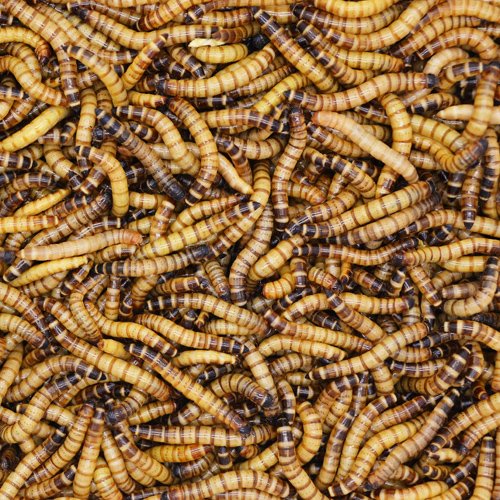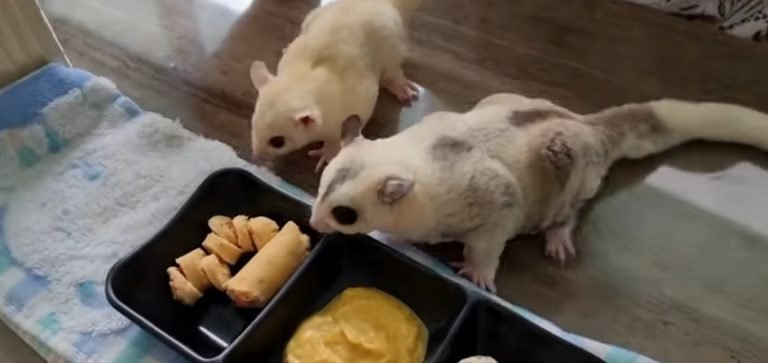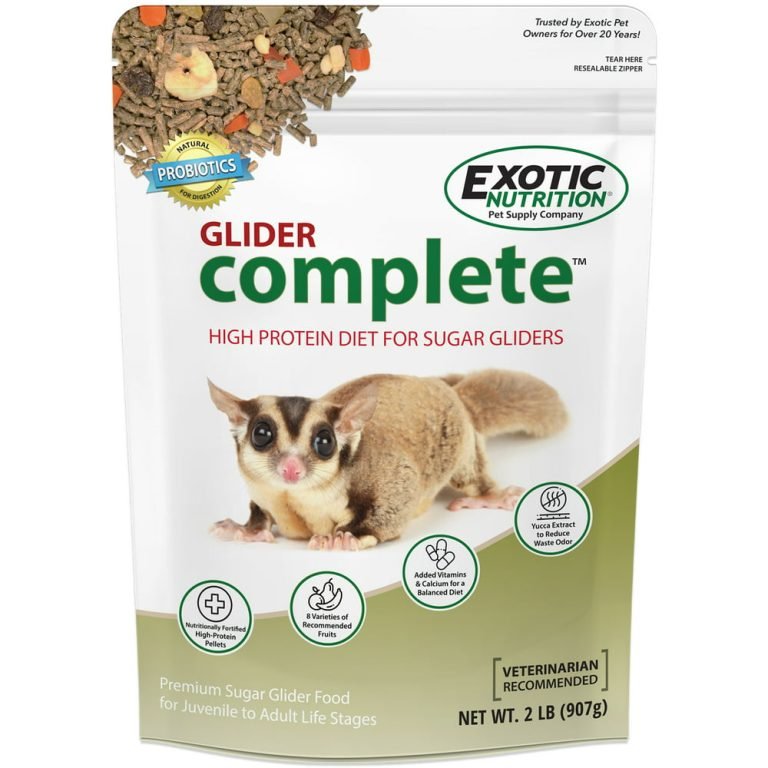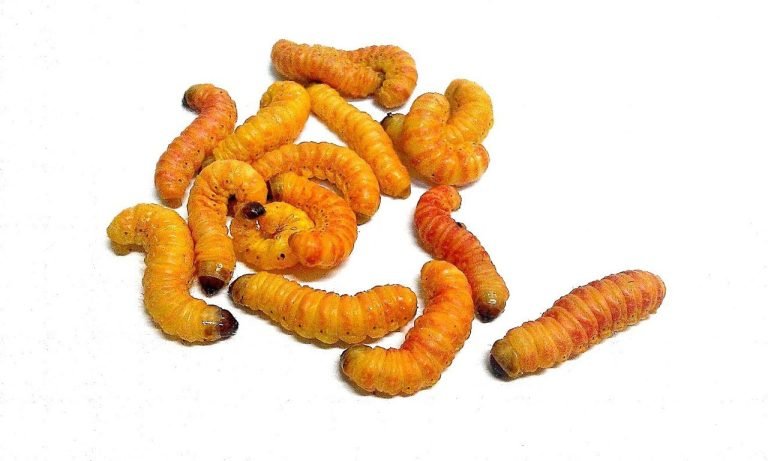King Mealworms
King Mealworms: The Ultimate Guide to Cultivating and Utilizing These Nutritious Insects
Are you intrigued by the world of insects and their potential benefits? Look no further than king mealworms, commonly known as superworms. These incredible creatures hold tremendous value as a food source for various animals and boast impressive nutritional benefits. In this comprehensive guide, we will delve into the fascinating realm of king mealworms, exploring their life cycle, cultivation process, and the numerous ways they can be utilized. Read on to discover why king mealworms are the reigning champions of the insect world.
The Life Cycle of King Mealworms
King mealworms, or Zophobas morio, undergo a fascinating metamorphosis from eggs to pupae and finally into adult beetles. Below, we outline each stage of their life cycle in detail:
Egg Stage
King mealworm eggs are minuscule, oval-shaped structures that are white or off-white in color. They typically measure around one millimeter in length and are deposited in dark, moist environments. The eggs require warm temperatures to hatch, and under ideal conditions, this process takes approximately 12 to 20 days.
Larval Stage
Once hatched, the king mealworm enters the larval stage, where it resembles a long, tubular creature with a hardened exoskeleton. At this stage, the mealworm is voracious, devouring various organic matter such as vegetables, fruits, and grains. It molts several times during this phase to accommodate its growing body. The larval stage can last anywhere from several months to a year, depending on factors such as temperature and food availability.
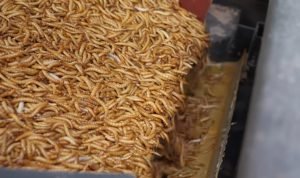
Pupa Stage
When a larva is ready to transition into an adult, it enters the pupa stage. The pupa is inactive and appears as a white, curved, motionless creature. During this stage, the insect undergoes significant transformations internally, developing the necessary tissues, organs, and appendages to become an adult beetle. The pupal stage typically lasts for around 10 to 18 days.
Adult Stage
Finally, the pupa hatches, emerging as an adult king mealworm beetle. The beetles are dark brown or black in color and possess a hard exoskeleton. They have six legs and can fly, although they are not particularly adept at it. Adult king mealworms live for an average of 8 to 12 months and can reproduce during this period.
Cultivating King Mealworms
If you are interested in cultivating king mealworms, you will need to create a suitable environment that mimics their natural habitat. Here are the essential steps for successful cultivation:
Setting Up the Container
Choose a well-ventilated container, such as a plastic or glass tank. Cover the bottom with a layer of substrate, which can be made from wheat bran, oats, or a combination of both. This layer should be around one to two inches thick, providing ample space for the mealworms to burrow and lay eggs.
Adding Food and Water
Place food items such as fruits, vegetables, and grains on top of the substrate. Ensure that the food is fresh and replaced regularly to avoid mold or bacterial growth. Additionally, provide a water source for the mealworms, either by placing a lid with small holes over a water dish or using a wet sponge.
Maintaining Temperature and Humidity
Maintain the ideal temperature range of 80 to 90 degrees Fahrenheit (27 to 32 degrees Celsius) to facilitate larval growth and development. Humidity levels should be around 70 to 80%, which can be achieved by periodically spritzing water onto the substrate.
Harvesting and Separating
After several months, the king mealworms will have gone through their larval phase and will be ready for harvesting. Gently sift through the substrate to locate the mature mealworms. Separate the adults for breeding purposes and collect the larvae for feed or further cultivation.
Utilizing King Mealworms
King mealworms offer a wealth of culinary and nutritional benefits, making them a versatile resource. Here are some applications for these remarkable insects:
Animal Feeding
King mealworms are an excellent source of nutrition for various animals, including reptiles, amphibians, birds, and fish. They provide essential proteins, fats, and vitamins that contribute to the overall health and well-being of these creatures. Whether you have a pet reptile or a backyard chicken coop, king mealworms can be an ideal supplemental food source.
Human Consumption
While consuming insects may seem unconventional to some, edible insects are gaining popularity due to their sustainability and nutritional value. King mealworms are no exception. They can be incorporated into various dishes, added to protein bars or smoothies, or ground into mealworm flour, which can be used in baking. With their nutty flavor and crunchy texture, king mealworms offer a unique culinary experience.
Educational Purposes
King mealworms also find utility in educational settings, such as classrooms and science laboratories. The insects can be observed during their life cycle, allowing students to gain valuable insights into the principles of biology and ecology. Additionally, working with mealworms cultivates an appreciation for the diverse world of insects and promotes environmental awareness.
Frequently Asked Questions
Q: Are king mealworms safe for human consumption?
A: Yes, king mealworms are safe for human consumption as long as they are sourced from reputable suppliers and properly prepared.
Q: Where can I buy king mealworms?
A: King mealworms can be purchased from pet stores, specialized insect breeders, or online retailers.
Q: Can king mealworms bite humans?
A: No, king mealworms do not possess mandibles strong enough to bite humans. They are harmless creatures.
Q: Do king mealworms have any potential allergenic properties?
A: While allergies to king mealworms are rare, individuals with shellfish allergies may experience cross-reactivity due to the similarity in protein structures.
Final Thoughts
King mealworms are remarkable insects that offer a myriad of benefits, from providing vital nutrition for animals to being a sustainable and nutritious food source for humans. Their cultivation process is straightforward, and their utilization is diverse. As we explore alternative food sources to meet the needs of a growing population and conserve our environment, king mealworms continue to shine as a viable and innovative solution. Embrace the world of king mealworms and witness the many wonders they have to offer.

